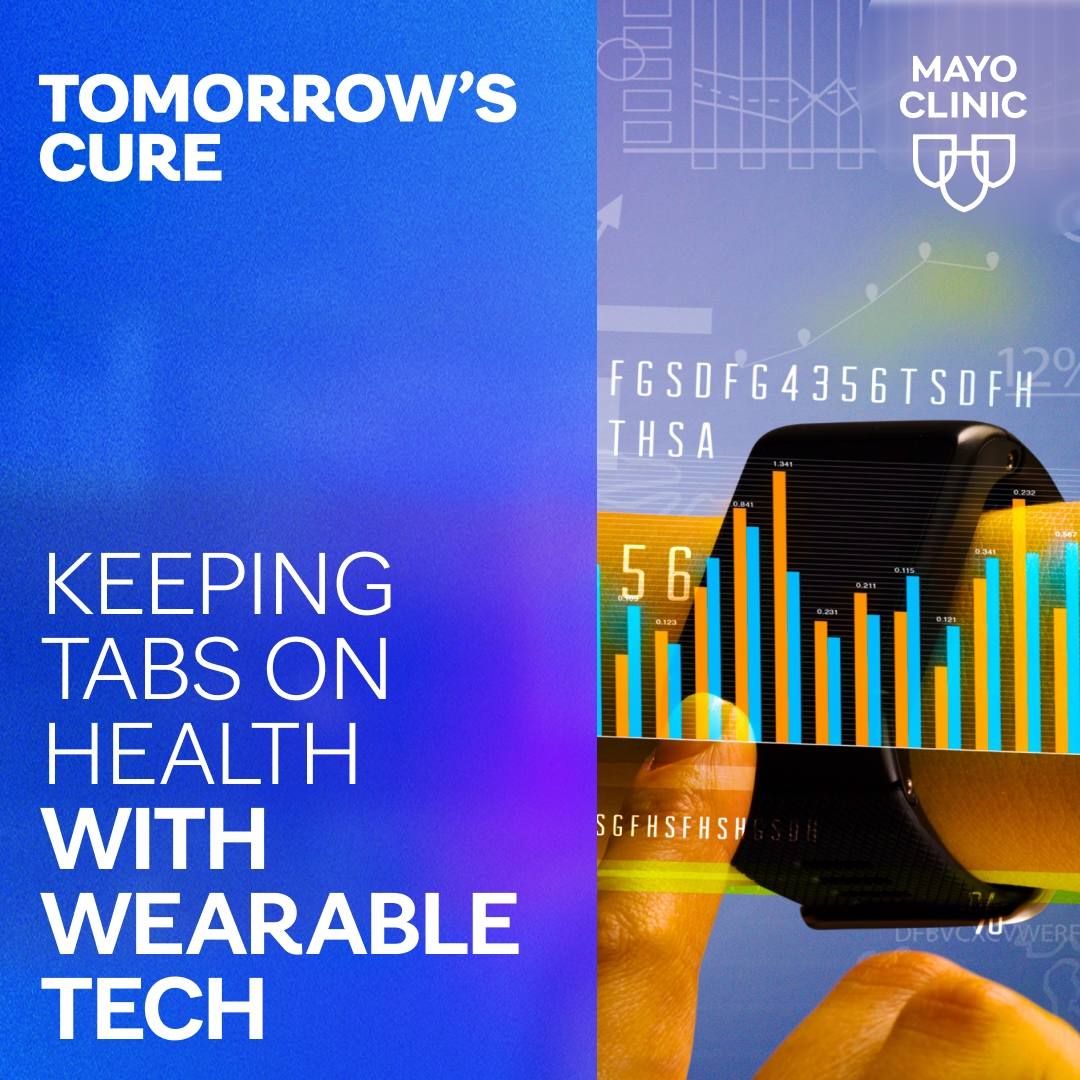
You may be hearing the term "social distancing" in relation to SARS-CoV-2, the virus that causes COVID-19. "In terms of social distancing, it’s important to understand how this virus is transmitted," says Dr. Nipunie Rajapakse, an infectious diseases specialist at Mayo Clinic. "It’s transmitted through respiratory droplets generated when someone infected coughs or sneezes. We know that these droplets extend about 3 to 6 feet from the person that generates them. If you breathe in the droplets, or they land on your eyes, nose, or mouth then you are at risk of getting infected."
"This is where the concept of social distancing comes in. If we stay away from someone who is sick, or in general, beyond that 6 foot margin, then the risk of being exposed drops dramatically. That's why some of these recommendations about canceling large meetings and gatherings where people are in very close contact with each other. Some universities have decided to switch from a classroom teaching setting to an online teaching setting. That's where those measure come in — to increase the distance between people so then decrease the chances they are exposed if someone around them is sick," says Dr. Rajapakse. "Social distancing has been shown to be effective in slowing the spread of infection during many outbreaks in the past."
Watch: Dr. Nipunie Rajapakse explains social distancing
Journalists: Broadcast-quality sound bites with Dr. Rajapakse are in the downloads at the end of the post. Please courtesy "Nipunie Rajapakse, M.D. / Infectious Diseases / Mayo Clinic."
Examples of social distancing measures may include:
- Avoiding malls; theaters; grocery stores; or anywhere with large crowds, such as concerts or festivals
- Suspending services at houses of worship
- Encouraging people to work from home
- Avoiding the use of public transportation
- Consider closing schools and child care centers
Who should practice social distancing?
Dr. Rajapakse recommends that the general public start implementing social distancing measures in their daily lives now to slow the spread of the virus. People who are not sick should start doing this now to slow down the spread of infection and protect themselves and their families and co-workers. "If someone is sick, it is critically important they stay home and avoid being in public spaces," says Dr. Rajapakse. For measures like school closures or cancellation of large gatherings and events people should refer to their local public health department website or the Centers for Disease Control and Prevention (CDC) website for the latest updates.
Avoid handshakes
"In terms of social distancing, we know there are a few things we can do," says Dr. Rajapakse. "Avoid handshakes. We know our hands carry a lot of germs on them. Changing to another method of greeting is encouraged and recommended. I recommend people wave or bow, or put their hand over their heart as certain alternatives that people can use that don't carry the risk of a handshake."
"Elbow taps, which some people have been already using and recommending, are actually discouraged because to do that, you still need to get within 6 feet of the other person," says Dr. Rajapakse.
The Centers for Disease Control and Prevention (CDC) offers a list of tips and resources to help people come up with a personal and household plan.
- Practice everyday preventive actions to reduce your risk of getting sick, especially older adults and people who have severe chronic medical conditions.
- Make a list of your medicines and refill them.
- Make an emergency contact list.
- Plan for potential changes at your workplace.
- Stay informed.
"Now is the time for people to plan and prepare for this outbreak and to stay informed and get their information from valid news sources. Some of the places we recommend is the CDC and the Mayo Clinic News Network. There is a lot of misinformation circulating out there especially on social media so I would encourage people to check where their information is coming from and try to avoid sharing and spreading information that is coming from invalidated sources," says Dr. Rajapakse.
Check the CDC website for additional updates on COVID-19.
For more information and all your COVID-19 coverage, go to the Mayo Clinic News Network and mayoclinic.org.







